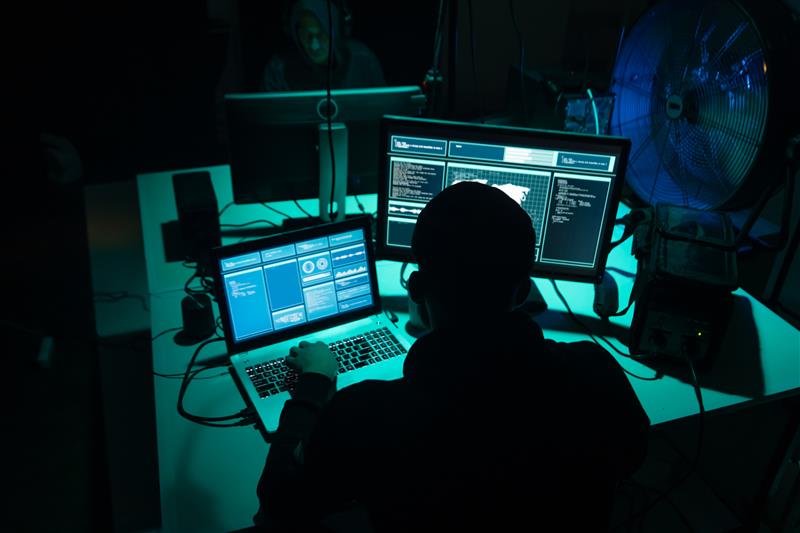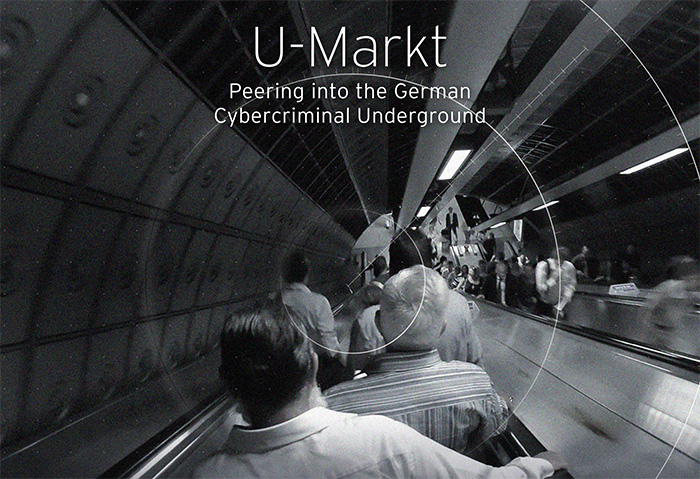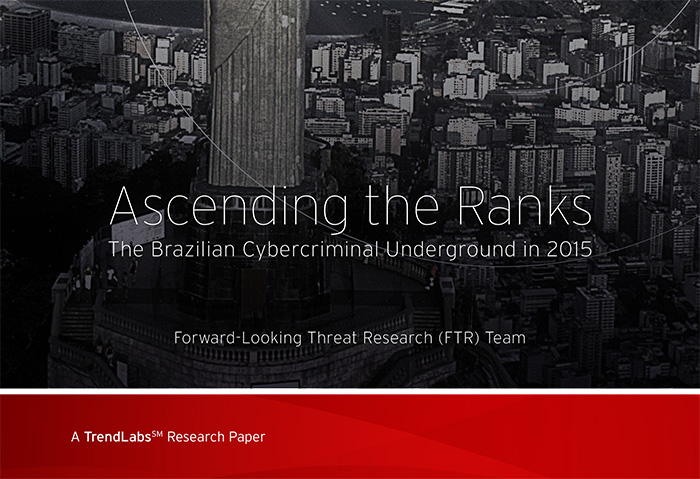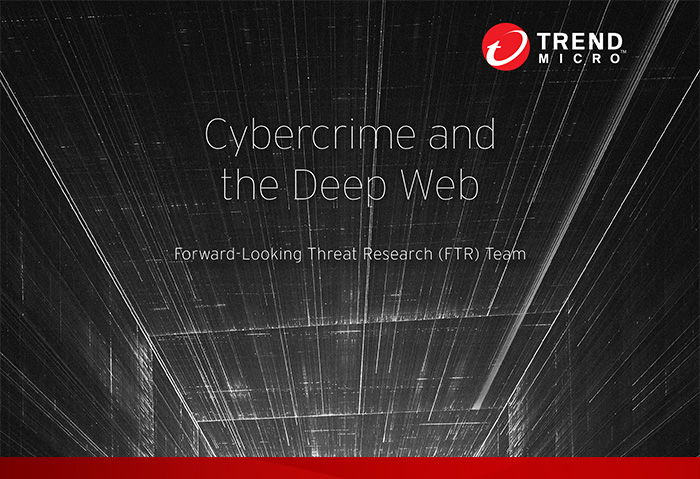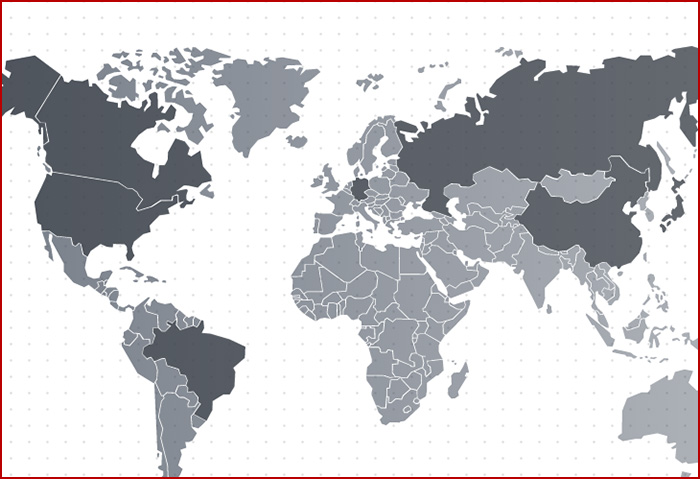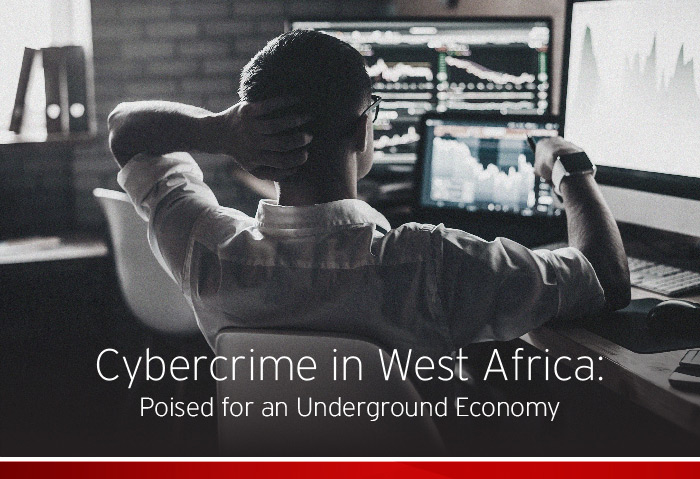
Bulletproof hosting (BPH) services have long been crucial parts of the cybercriminal infrastructure. How do they protect malicious activities, and how do cybercriminals use them to stay in business?

From articles to hackathons, cybercriminals are resorting to crowdsourcing to find more ways to exploit systems. In this article, we tackle these contests, explore their results, and anticipate their possible impacts on the work of cybersecurity defenders.

The English-speaking cybercriminal underground market has undergone significant transformations. We examine how it has adapted to new technology, increased law enforcement scrutiny, and linguistic diversification.
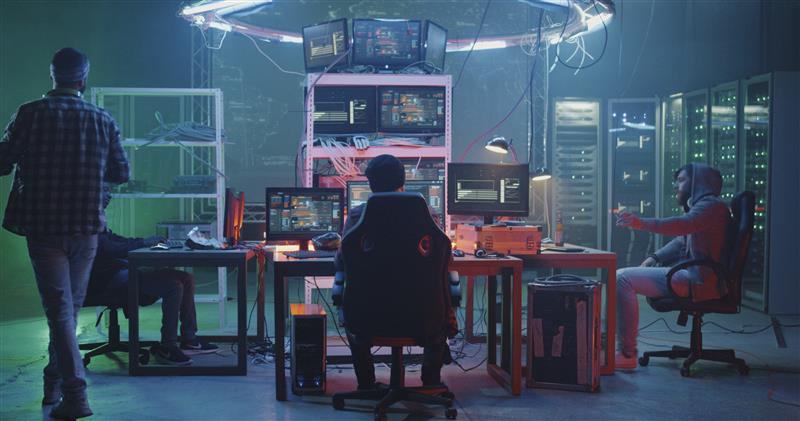 The provision of services, as well as the way criminals operate in the underground, have gone through many changes over the years to cater to the market’s different infrastructure demands.
The provision of services, as well as the way criminals operate in the underground, have gone through many changes over the years to cater to the market’s different infrastructure demands. Given the increasing use by enterprises of contactless security solutions, the security of the devices that themselves are meant to control access to premises should be of prime consideration.
Given the increasing use by enterprises of contactless security solutions, the security of the devices that themselves are meant to control access to premises should be of prime consideration. Bulletproof hosting (BPH) services have long been crucial parts of the cybercriminal infrastructure. How do they protect malicious activities, and how do cybercriminals use them to stay in business?
Bulletproof hosting (BPH) services have long been crucial parts of the cybercriminal infrastructure. How do they protect malicious activities, and how do cybercriminals use them to stay in business?  From articles to hackathons, cybercriminals are resorting to crowdsourcing to find more ways to exploit systems. In this article, we tackle these contests, explore their results, and anticipate their possible impacts on the work of cybersecurity defenders.
From articles to hackathons, cybercriminals are resorting to crowdsourcing to find more ways to exploit systems. In this article, we tackle these contests, explore their results, and anticipate their possible impacts on the work of cybersecurity defenders.